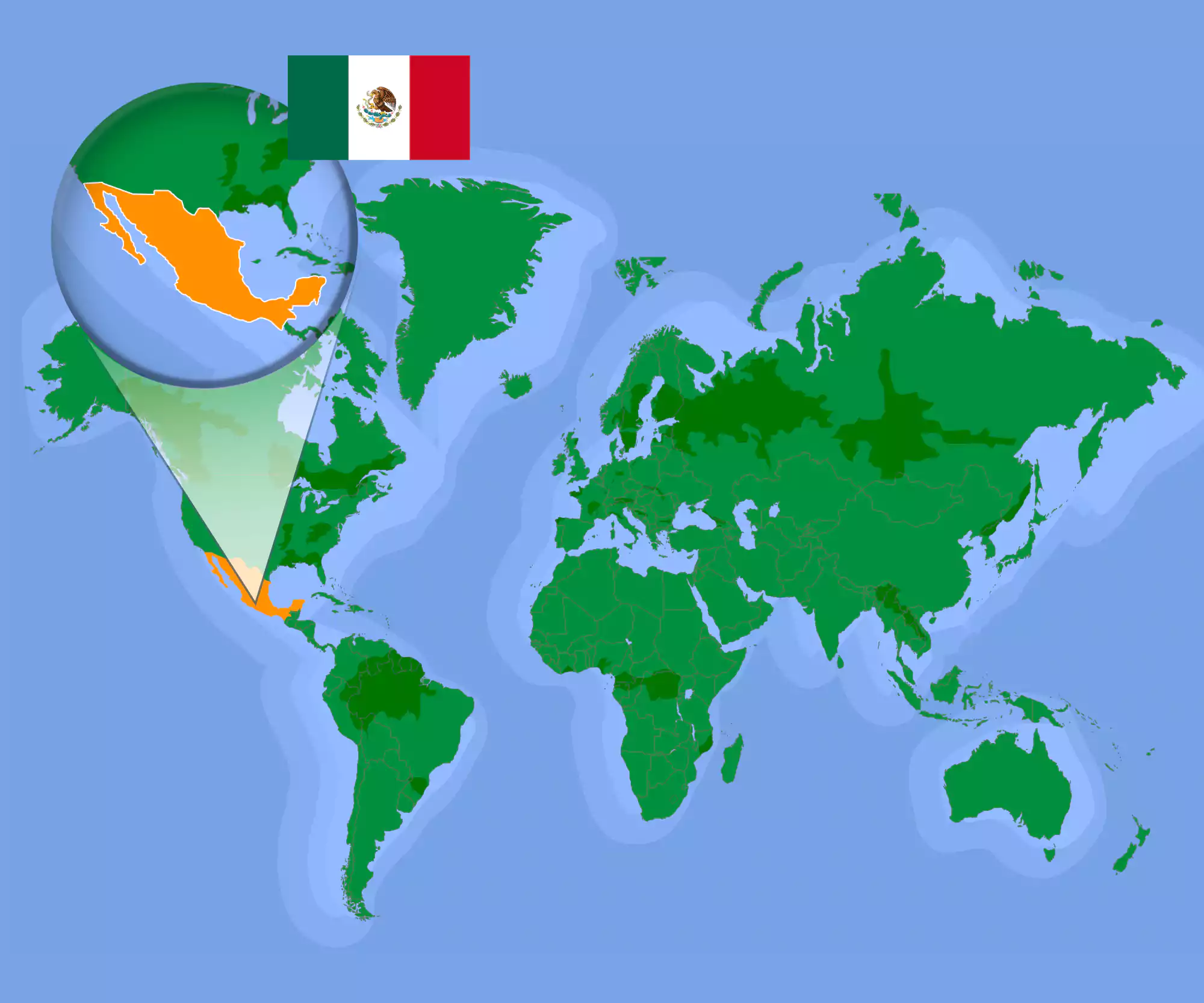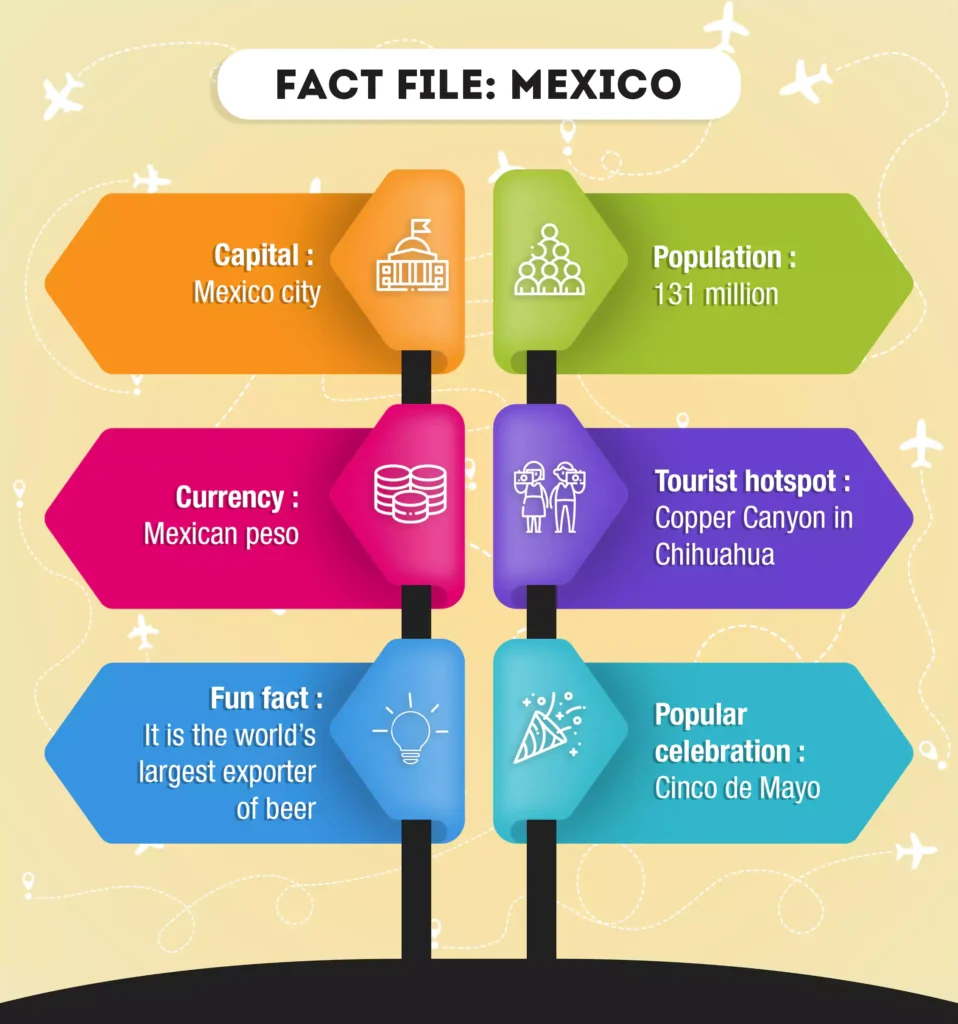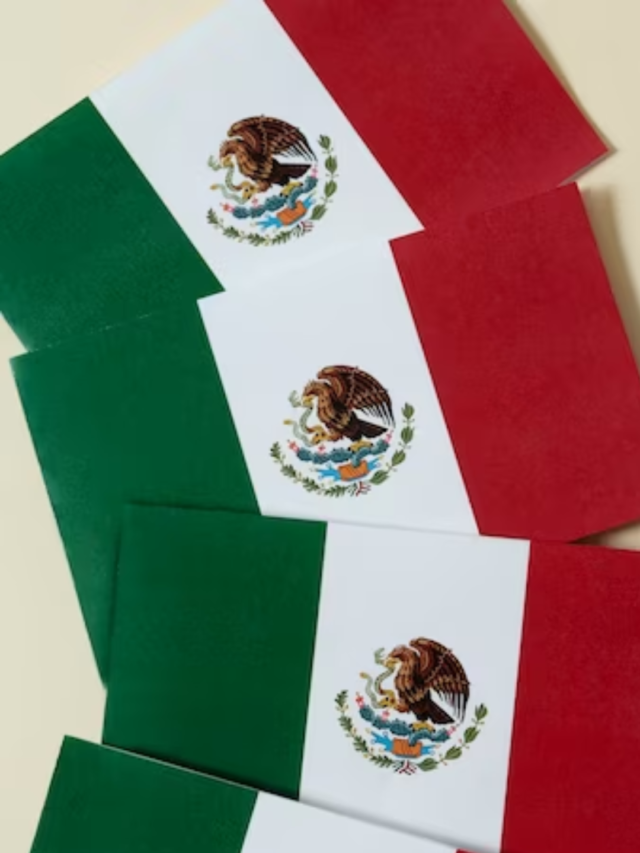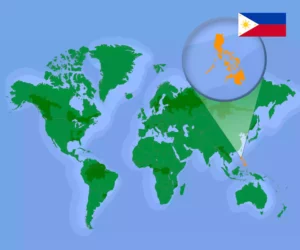
Recently, the BBC reported that the number of ‘disappearances’ or missing people in Mexico had crossed 100,000. Can you imagine 100,000 people having ‘disappeared’ over a few years? It made me want to look a little deeper into the country. Beyond tacos, mariachi, and a border with the USA, my understanding of Mexico was relatively scant. Still, the country is so much more than just that.
Mexico: the sinking city
Perhaps the most interesting thing that I learned about Mexico had to do with its capital. Mexico City is the most populated city in the Americas and the fourth largest in the world. As a country, Mexico is one of the hardest working countries, according to the OECD. Yet, shockingly, this city, home to nearly 22 million people, is sinking—at a rate of 50 cm per year! The three-part story behind it is fascinating.
Part I: the legend
The Mexica tribe was nomadic. Legend has it that they were given a prophecy—that they would settle down and construct the greatest city in the world. The location of this city would be where they encountered an eagle with a snake in its beak, perched on a cactus. And encounter it they did! Just not on an ideal site. They found the cactus bearing the snake-gripping eagle on a swampy island in a marshland adjacent to a lake. But nothing could dissuade the people. So, through landfills and floating gardens, they slowly began to reclaim land and build a city.
The eagle, the snake, and the cactus now form the centre of the Mexican flag.
Part II: the conquest
The city grew and eventually became the capital of the Aztec empire. One of the grandest cities of its time, it ran on a network of dams and canals. These dams and canals allowed the Mexica people to conduct trade and transport materials around the city. It also provided an abundance of clean drinking water. When Hernan Cortes and the Spanish conquistadors arrived in 1519, the city was five times the size of London, with around 400,000 people living there. As tensions between the Aztecs and the Spanish grew due to Cortes’ desire to establish control in Tenochtitlan (capital of the Aztec empire), Cortes ordered his men to break the dams. Thus, he starved the city of drinking water. Combined with a virulent smallpox epidemic, Cortes’ efforts resulted in a 90% decline in the city’s population by the 16th century.
Part III: the reconstruction
When the Spanish conquered Tenochtitlan, they wanted no trace of the former city. They razed it to the ground and began to build a new one on top of it. Over the years, the city grew and reclaimed more land until the lake ceased to exist. Unfortunately, the city continues to sink at an alarming rate due to the soft soil below the city and the area’s susceptibility to floods and earthquakes.
Mexican cuisine
Along with its rich history, Mexico’s food culture has grown extensively over the centuries. Today, Mexican cuisine is a favourite in many parts of the world. From burritos to tamales, quesadillas, enchiladas, and of course, tacos, Mexican food has no shortage of fame. However, most people aren’t aware that many of the common foods we eat, which are often a large part of our diets, originated in Mexico. Take chocolate, for example. The ancient civilisations that existed in present-day Mexico used cacao in rituals, as currency, and, most commonly, as a bitter drink. Even the word ‘chocolate’ originated from the Nahuatl (Aztecan language) word “xocolatl” (“xococ” meaning ‘bitter’ and “atl” meaning ‘water’).
Other foods that emanated from Mexico include corn, tomatoes, avocado, chillies, and papaya. We would all be worse cooks without Mexico.

Games and sports
Bullfighting and football are arguably the two sports with the largest fan followings in Mexico. The world’s largest bullring (arena) with over 40,000 seats is in Mexico City. However, the sport that caught my eye was a more ancient one—tlachtli. The oldest ball game in the world, tlachtli, is played with a hard rubber ball weighing approximately 4 kg. The objective is to use either one’s forearms or hips to get the ball through a hoop at the side of the court. Players would routinely dive into various parts of the stone court to try and get the ball in the air. Internal injuries and broken bones were common occurrences for the players. If that wasn’t painful enough, the losers of important matches were sometimes sacrificed! The game is still played today, with two notable changes: (a) its name is now “ulama” and (b) it no longer condones human sacrifice.
The missing masses of Mexico
But this article would not be complete without addressing the ‘disappearances’ I mentioned at the beginning. Mexico has had a copious amount of trouble with gangs and drug cartels, which news channels and TV shows have covered for years. There are two main drug cartels today—the Sinaloa cartel and the Jalisco New Generation Cartel. So naturally, many smaller and splinter groups also owe their allegiances to these two behemoths.
In 2007, the government launched a war on drugs. Though government data on the missing persons go back to 1964, its records state that most of these disappearances have occurred since 2007. Sadly, the war on drugs has largely been unsuccessful. The extent of the drug trade and its consequences are also challenging to estimate. However, the pain of the ordinary person is far easier to see. As Jean-Paul Sartre said, “When the rich fight the rich, it is the poor who die.” Over 100,000 people have disappeared without a trace, their families unsure even of whether or not to grieve.
Love your neighbour
To finish on a slightly lighter note, we move to Mexico’s border with the US. The map of the US before the Mexican-American War in the mid-1800s is dramatically different from the map we see today. Then, many states, such as Arizona, California, Utah, and Texas, were a part of Mexican territory. A revolution by Texan settlers, followed by a highly controversial war led by US President James K Polk resulted in the US acquiring over 500,000 sq. miles of new land.
The US, however, is currently doing its best to keep Mexican people out. Yet, from “we need to build a wall” to tightened security across the border, it may be surprising to know that some parts of the border are different. For example, twin cities at the Californian border—one on either side named Mexicali and Calexico—share wonderful relations.
Another example is Friendship Park, a bi-national park located at the Tijuana-San Diego border. People routinely go there to meet and talk with people from the other side.
And that is Mexico for you: born of epic legends, survivor of brutal conflicts, home of hardworking hands, land of aromatic flavours, and a nation of camaraderie. I have so much yet to learn about this country which acknowledges its dark moments in history and still continues to rise buoyantly.



